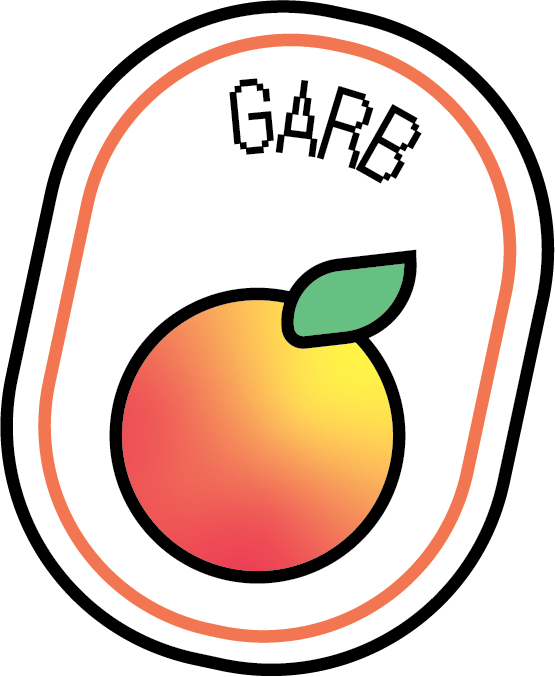Where Data Science Meets Fashion
The world of fashion will depend on Data Science in order to survive. As aspects of everyday life become data points, fashion businesses have to not only keep up with style trends, but also Data Science ones.
If embraced, data science can modernize the quite traditional industry. For example, the power of machine learning models have made it possible to get a person’s body measurements in seconds with an iPhone camera. Companies such as “precise.ai” are leading the revolution to make measurements instant. In addition, with the pandemic, New York fashion week among other fashion weeks was compromised with limited, if any seating at all with many labels doing virtual fashion shows and zoom meetings. Companies that have withstood the test of the pandemic are ones that have embraced Data Science early on. For example, online personal styling service StitchFix utilizes user’s preferences and clicks to recommend clothing items and has grossed over $2.1 billion in revenue.
Data prediction and algorithms need to be more widely embraced in fashion; I decided to bridge fashion and Data Science via Natural Language Processing by creating an algorithm that will predict future trends using the 20 year fashion cycle. My algorithm used Twitter’s API as Twitter is partially responsible for curating new trends via viral tweets.
I use the Twitter API using the Tweepy package.
I scraped the web for tweets under relevant hashtags such as #ootd (outfit of the day) and #style.
After getting the tweets, I created a list of relevant clothing items, colors, and fabrics. Then, I compared the tweets to the list which resulted in a list of clothing items and trends that will be in style soon, or are already in style! I then counted the frequency of each clothing item appearing in the tweets as this might be an indicator as to how likely a trend will show up.
After creating this model, I tested the 20 year fashion cycle to see if it existed. I first tried 1995 and 2015. The images below are the outputs for each year.
The output shows that the clothing items listed for each year, 1995 (left) and 2015 (right) are almost identical in addition to their frequencies. This suggests that the 20 year fashion cycle does indeed exist. To see if this wasn’t an accident, I decided to test another set: 2000 and 2020. The images below display the results.
2000
2020
We can see that just like the previous years tested, in 2000 and 2020 the fashion trends and clothing are almost identical. This suggests that the twenty year fashion cycle might actually be true.
With some confidence that the cycle might exist, I decided to predict future trends based on this year. I also changed up the tweets and used hashtags such as #fashion, #streetstyle, and #fashion, in addition to #ootd to see if the results varied. In the following cases, my prediction model forecasted collared shirts, turtlenecks, and chunky pieces among other trends that will be in style in the coming season (results shown below). We see that for the upcoming winter season, “slips,” “chunky jewelry”, “cardigans,” and “turtlenecks” and the colors “beige” and “purple” are among the trendy pieces and colors being worn this fall and winter.
#ootd
#fashion
One thing to note is that when trends come back, they re-enter differently. For example, in 1995 the edgy trends were widespread across all media and in 2015, there was a high concentration on Tumblr.
There are limitations to this model. For one, not all trends follow the 20 year cycle perfectly. For example, chain-linked jeans are “in” right now, but these aren’t specific to any generation. In order to prove the fashion cycle is actually 20 years, we would need to check more twenty year periods and also check to see if smaller increments are possible. Additionally, tweets do not account for all future trends as many Twitter users promote their brands rather than introducing new trends. Most importantly, while a prediction device can be useful, it must be noted that who is to say what trend will be in style when? If someone wants to start a trend, they can, whether it follows the cycle or not. The more fashion houses and labels invest in Data Science, the more influence they can have on trends and the market.
The model I created is the start of my journey of blending fashion and Data Science. Data Science has the power to let anyone be the next trend forecaster!
Link to Jupyter Notebook
Citations
https://datascienceparichay.com/article/get-data-from-twitter-api-in-python-step-by-step-guide/











